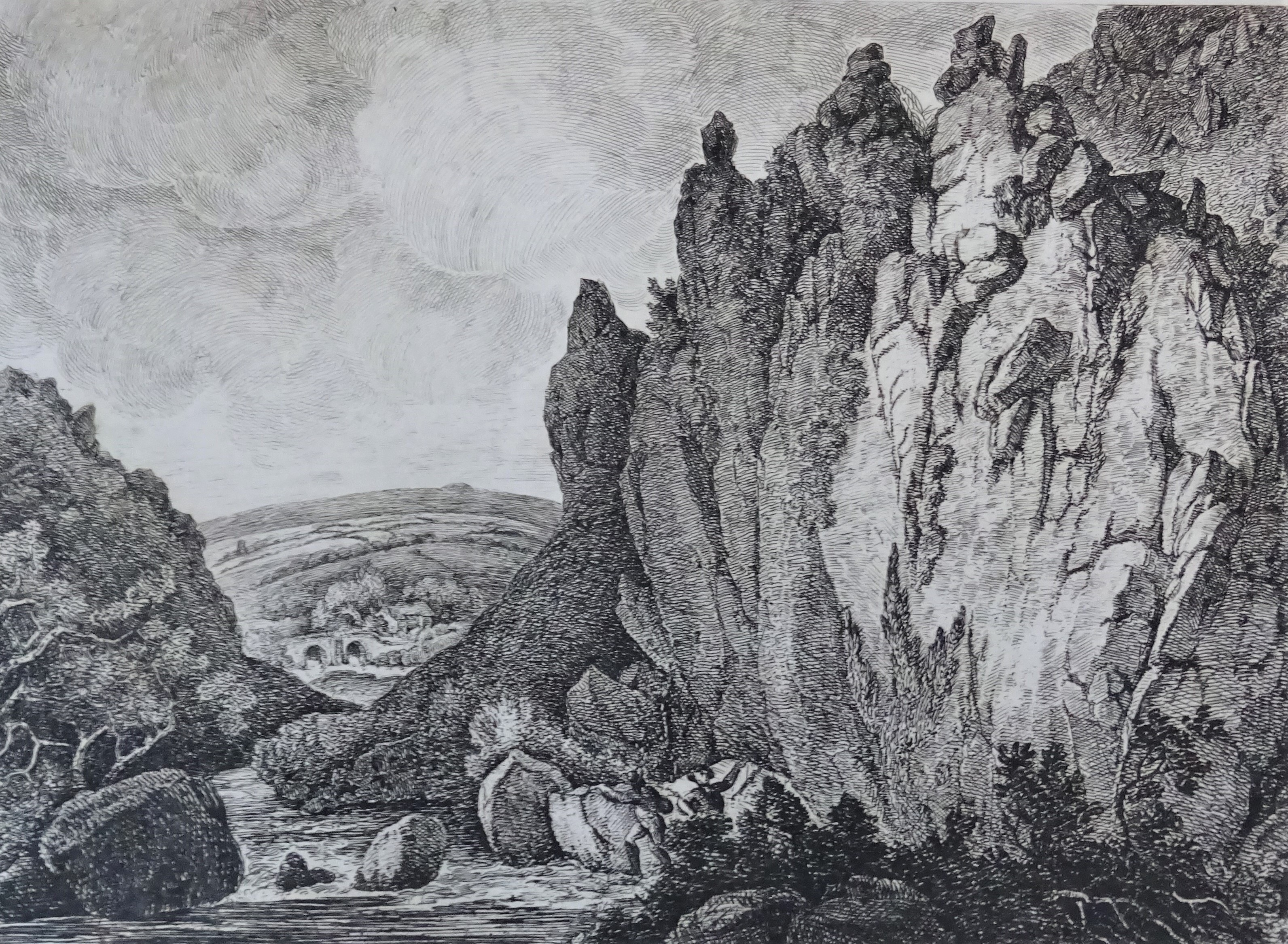Dewerstone on:
[Wikipedia]
[Google]
[Amazon]
 Dewerstone is the site of an
Dewerstone is the site of an
 Dewerstone is the site of an
Dewerstone is the site of an Iron Age
The Iron Age is the final epoch of the three-age division of the prehistory and protohistory of humanity. It was preceded by the Stone Age ( Paleolithic, Mesolithic, Neolithic) and the Bronze Age ( Chalcolithic). The concept has been mostl ...
Hill fort
A hillfort is a type of earthwork used as a fortified refuge or defended settlement, located to exploit a rise in elevation for defensive advantage. They are typically European and of the Bronze Age or Iron Age. Some were used in the post-Roma ...
on a rocky promontory overlooking the River Plym
The River Plym is a river in Devon, England. It runs from Dartmoor in the centre of the county southwest to meet the River Meavy, then south towards Plymouth Sound. The river is popular with canoeists, and the Plym Valley Railway runs alongsi ...
on the South West edge of Dartmoor
Dartmoor is an upland area in southern Devon, England. The moorland and surrounding land has been protected by National Park status since 1951. Dartmoor National Park covers .
The granite which forms the uplands dates from the Carboniferous P ...
to the North of Plympton
Plympton is a suburb of the city of Plymouth in Devon, England. It is in origin an ancient stannary town. It was an important trading centre for locally mined tin, and a seaport before the River Plym silted up and trade moved down river to P ...
in Devon
Devon ( , historically known as Devonshire , ) is a ceremonial and non-metropolitan county in South West England. The most populous settlement in Devon is the city of Plymouth, followed by Devon's county town, the city of Exeter. Devo ...
. The fort consists of ramparts to the Northern side of the promontory at approx 210 Metres above Sea Level.
"Dewer" is an ancient Celtic word for the Devil, and Dartmoor tradition has it that the Devil, riding a gigantic black horse, gallops across the Moor each night and leads a phantom pack of black hounds to chase weary or foolish humans over the Dewerstone to their deaths. Another legend has it that a shepherd actually saw the black hounds devouring an unfortunate man on his way home from the fields one night.
The area is also popular with climbers, with over 100 climbs listed. Nick White; South Devon and Dartmoor- a climber's guide, Cordee 1995 - {{ISBN, 978-1-871890-32-7 - pages 277 to 301References